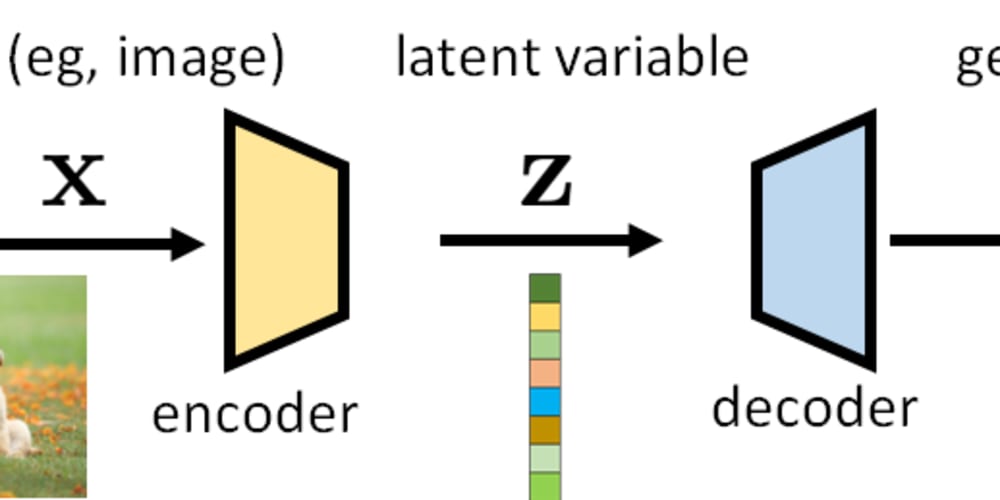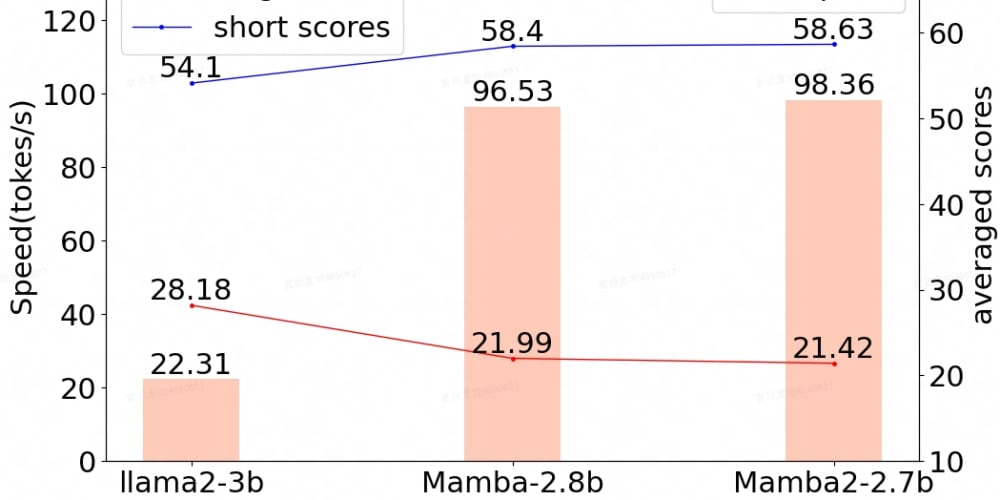DIY Electronic Project: Building a Simple Voltage Stabilizer using the ECBB14CDA
In the world of electronics, maintaining a steady voltage is crucial for the proper functioning of many circuits, especially when dealing with sensitive components. Voltage fluctuations can lead to erratic behavior, component damage, or even complete failure of a project. This is where a voltage stabilizer comes into play. In this DIY project, we'll build a simple yet effective voltage stabilizer using the ECBB14CDA electronic component.
What is the ECBB14CDA?
The ECBB14CDA is a capacitor with a high capacitance value, known for its stability and reliability in filtering and voltage stabilization applications. It is commonly used in power supply circuits to smooth out voltage fluctuations by storing and releasing electrical energy as needed. This component is ideal for projects where maintaining a steady voltage is essential.
Components Required
To build this voltage stabilizer, you’ll need the following components:
ECBB14CDA Capacitor: This is the heart of the stabilizer, responsible for filtering out the voltage spikes.
LM317 Voltage Regulator: A versatile adjustable voltage regulator that will help set the desired output voltage.
Heat Sink: To prevent the LM317 from overheating during operation.
Diodes (1N4007): For rectification and protection purposes.
Resistors: To set the output voltage of the LM317.
Electrolytic Capacitors (1000μF and 100μF): For additional filtering.
PCB Board or Breadboard: For assembling the circuit.
Wires and Connectors: For connections.
Soldering Kit: For assembling the components on the board.
Circuit Design
Power Supply Input: Start by connecting the input power supply to the rectifier circuit. The rectifier converts the AC input into DC, though slightly fluctuating. This rectified DC will then pass through a filtering stage.
Filtering Stage: The ECBB14CDA capacitor is placed after the rectifier to filter out any residual AC components from the rectified DC. It smooths the voltage, ensuring that the input to the voltage regulator is as stable as possible.
Voltage Regulation: The filtered DC voltage is fed into the LM317 voltage regulator. The output voltage of the LM317 can be adjusted by varying the resistors connected to its adjust pin. The resistors should be chosen according to the desired output voltage.
Output Filtering: After the voltage regulator, another filtering stage with electrolytic capacitors (1000μF and 100μF) is added to further stabilize the output. This ensures a clean, ripple-free DC voltage at the output.
Protection Diodes: Diodes are added in parallel with the input and output of the LM317 to protect it from potential reverse voltage damage.
Assembly and Testing
Assemble the components on a PCB board or breadboard according to the circuit design. Begin by soldering the LM317 and attaching the heat sink. Then, add the resistors, capacitors, and diodes. Ensure all connections are secure and there are no short circuits.
Once the assembly is complete, connect the input power supply and measure the output voltage using a multimeter. Adjust the resistors if necessary to achieve the desired output voltage. You should observe a stable DC output, unaffected by minor fluctuations in the input voltage.
Applications
This simple voltage stabilizer can be used in a variety of applications, such as powering sensitive analog circuits, microcontroller-based projects, or any electronic device that requires a stable voltage supply. By using the ECBB14CDA capacitor, you enhance the reliability of the stabilizer, ensuring that your projects run smoothly without being affected by voltage instability.
Conclusion
Building a voltage stabilizer using the ECBB14CDA is a straightforward yet highly rewarding project for electronics enthusiasts. It not only helps in understanding the practical application of capacitors and voltage regulators but also provides a reliable solution for maintaining stable power in your DIY projects. Whether you're a beginner or an experienced hobbyist, this project offers valuable insights into voltage regulation and stabilization techniques.
From Utsource
www.utsource.net


















